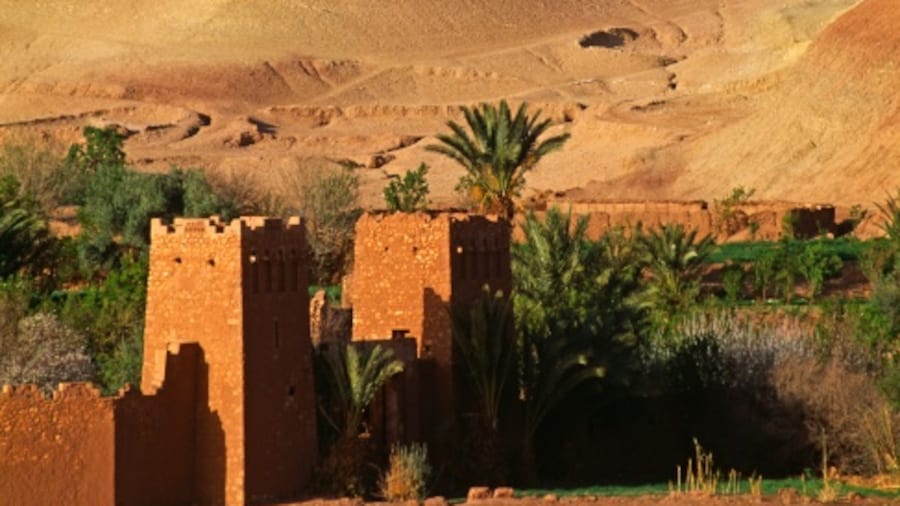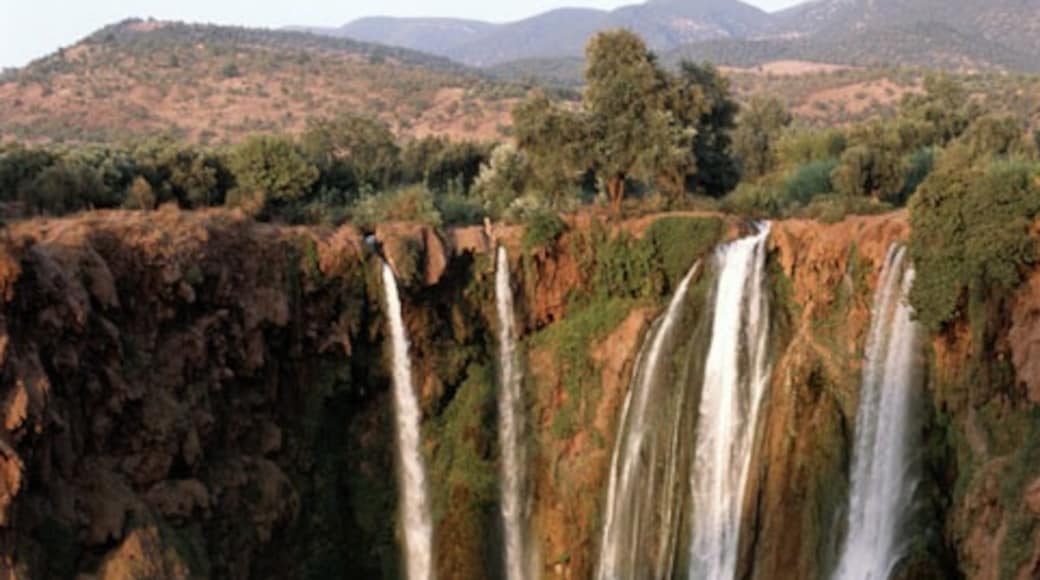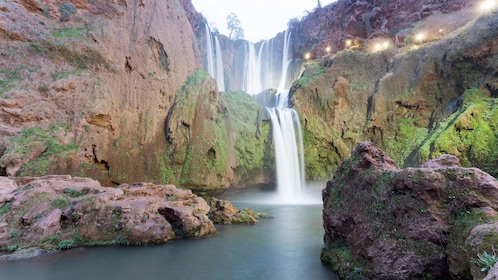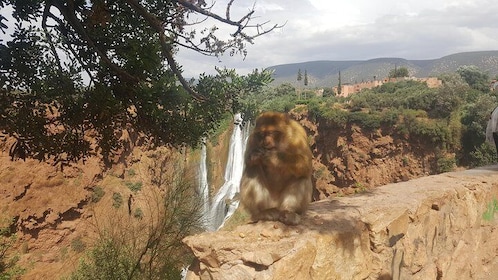Air Terjun Ouzoud
Kunjungi Air Terjun Ouzoud
Lawatan & kunjungan balik hari
Lihat semua 19 aktiviti
Small group Ouzoud Waterfall Guided Tour Boat Ride from Marrakech
Lawatan Peribadi & Tersuai
Lihat semua 4 aktiviti
Day trip to Ouzoud waterfalls from Marrakech
Sejarah & budaya
Lihat semua 4 aktiviti
Small group Ouzoud Waterfall Guided Tour Boat Ride from Marrakech
Tempat popular untuk dilawati

Aït Benhaddou
Anda boleh ketahui tentang sejarah tempatan Oued lakhdar apabila anda berkunjung ke Aït Benhaddou. Ketika berada di kawasan ini, anda boleh bersiar-siar di sekitar persekitaran semula jadi.
Masjid Ouzoud
Anda boleh ketahui lebih mendalam tentang sejarah Ouzoud dengan singgah ke Masjid Ouzoud. Ketika berada di kawasan ini, anda boleh bersiar-siar di sekitar persekitaran semula jadi.
Hospital Atlas Azilal
Jika Hospital Atlas Azilal adalah tujuan utama anda berkunjung, pastikan anda luangkan masa untuk menerokai kawasan Azilal.
Air Terjun Ouzoud
Hayati alam semula jadi dan nikmati kawasan luar yang luas di Air Terjun Ouzoud ketika anda berkunjung ke Ait Ouaarda. Ketika berada di kawasan ini, anda boleh bersiar-siar di sekitar persekitaran semula jadi.
Empangan Bine El Ouidane
Hayati alam semula jadi dan nikmati kawasan luar yang luas di Empangan Bine El Ouidane ketika anda berkunjung ke Bine el Ouidane. Ketika berada di kawasan ini, anda boleh bersiar-siar di sekitar persekitaran semula jadi.
Imi-n-fri Natural Bridge
Anda boleh meluangkan masa untuk melawat Imi-n-fri Natural Bridge ketika anda berkunjung ke Tifni. Ketika berada di kawasan ini, anda boleh bersiar-siar di taman.












